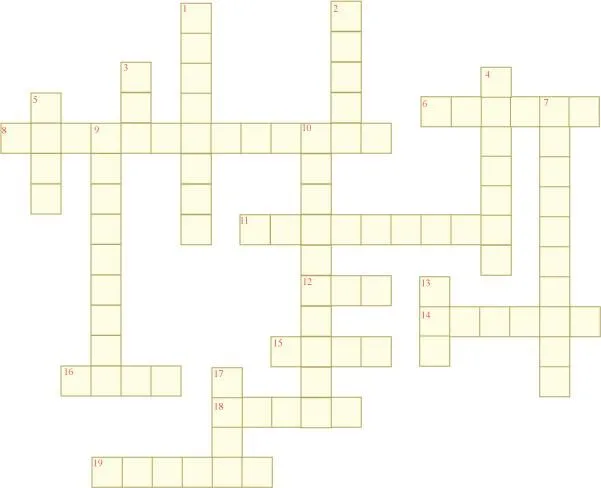Sponsor Area
NCERT Solutions for Class 7 Social Science Our Environment Chapter 4 Air
Air Here is the CBSE Social Science Chapter 4 for Class 7 students. Summary and detailed explanation of the lesson, including the definitions of difficult words. All of the exercises and questions and answers from the lesson's back end have been completed. NCERT Solutions for Class 7 Social Science Air Chapter 4 NCERT Solutions for Class 7 Social Science Air Chapter 4 The following is a summary in Hindi and English for the academic year 2025-26. You can save these solutions to your computer or use the Class 7 Social Science.
Answer the following questions.
(i) What is atmosphere?
(ii) Which two gases make the bulk of the atmosphere?
(iii) Which gas creates greenhouse effect in the atmosphere?
(iv) What is weather?
(v) Name three types of rainfall?
(vi) What is air pressure?
(i) The huge blanket of air surrounding the Earth is called atmosphere.
(ii) Nitrogen and oxygen make the bulk of the atmosphere.
(iii) Carbon dioxide creates greenhouse effect in the atmosphere.
(iv) Weather refers to the short-term changes in the atmosphere. It is the hour-to-hour, day-to-day condition of the atmosphere.
(v) Convectional rainfall, orographic rainfall and cyclonic rainfall are the three types of rainfall.
(vi) Air pressure is defined as the pressure exerted by the weight of air on the Earth’s surface.
Tick the correct answer.
(i) Which of the following gases protects us from harmful sun rays?
|
(a) Carbon dioxide |
(b) Nitrogen |
(c) Ozone |
(ii) The most important layer of the atmosphere is
|
(a) Troposphere |
(b) Thermosphere |
(c) Mesosphere |
(iii) Which of the following layers of the atmosphere is free from clouds?
|
(a) Troposphere |
(b) Stratosphere |
(c) Mesosphere |
(iv) As we go up the layers of the atmosphere, the pressure
|
(a) Increases |
(b) Decreases |
(c) Remains the same |
(v) When precipitation comes down to the Earth in the liquid form, it is called
|
(a) Cloud |
(b) Rain |
(c) Snow |
Match the following.
|
(i) Trade Winds |
(a) Incoming solar energy |
|
(ii) Loo |
(b) Seasonal wind |
|
(iii) Monsoon |
(c) Horizontal movement of air |
|
(iv) Wind |
(d) Layer of ozone gas |
|
– |
(e) Permanent wind |
|
– |
(f) Local wind |
For fun.
(i) Solve this Crossword puzzle with the help of given clues:

|
Across |
Down |
|
6. An Indian tree having extraordinaryquality of providing oxygen round theclock |
1. Amount of water vapour in air |
|
8. Gas present in atmosphere occupyingonly 0.03% by volume |
2. Condensation of water vapours arounddust particles in atmosphere |
|
11. Outermost layer of atmosphere |
3. Example of local wind blowing in summer in northern India |
|
12. Mixture of many gases |
4. Short-term changes in atmosphere |
|
14. Life-giving gas |
5. Precipitation in liquid form |
|
15. Air in motion |
7. Blanket of air around the Earth |
|
16. An Indian tree valued highly formedicinal properties |
9. Instrument to measure pressure |
|
18. Gas protecting us from harmful sunrays |
10. Incoming solar radiation |
|
19. Low pressure area |
13. Reduces visibility in winters |
|
– |
17. It is ……. time when Sun is overhead |
(ii) Make a weather calendar for one week. Use pictures or symbols to show different types of weather. You can use more than one symbol in a day, if the weather changes. For example, the sun comes out when rain stops. An example is given below:
|
Day |
Weather |
|
1. |
Sunny day |
|
2. |
|
|
3. |
|
|
4. |
|
|
5. |
|
|
6. |
|
|
7. |
Sponsor Area
Mock Test Series
Mock Test Series






